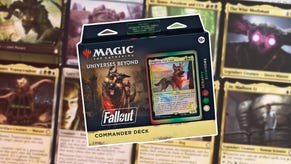Cover Story: 30 Years of NES, 30 Interesting NES Facts
Big historic developer interviews a little tl;dr for your caffeine-addled mind? Try these 30 easy, bite-sized tidbits about the NES instead.
This article first appeared on USgamer, a partner publication of VG247. Some content, such as this article, has been migrated to VG247 for posterity after USgamer's closure - but it has not been edited or further vetted by the VG247 team.

11. American Password Paks and Battery Paks were created to replicate the rewritable data feature of the Famicom Disk System.
Around the time the NES began making serious inroads in the U.S., Japanese fans received a major upgrade to the Famicom: A rewriteable floppy-based peripheral called the Famicom Disk System. The Disk System enabled game saves, making possible expansive, multi-session games like The Legend of Zelda. Due to timing, however, the FDS never reached the U.S., and that meant developers had to come up with alternate ways to allow players to save their progress in huge games. The Legend of Zelda introduced a special cartridge that had "permanent" RAM embedded, with data preserved by a built-in battery. These carts proved expensive, however, so a second solution appeared: Passwords. Passwords were no problem for simple games where you just needed to record which level you had reach and maybe which weapons you'd acquired, but penny-pinching publishers sometimes resorted to using passwords in RPGs, resulting in 30- to 50-character codes which broke if you made a single error in transcription. Even Nintendo was guilty of this: They published Hudson's Faxanadu in America without a battery, using a dreadful, hard-to-read font that caused countless frustrating password errors.
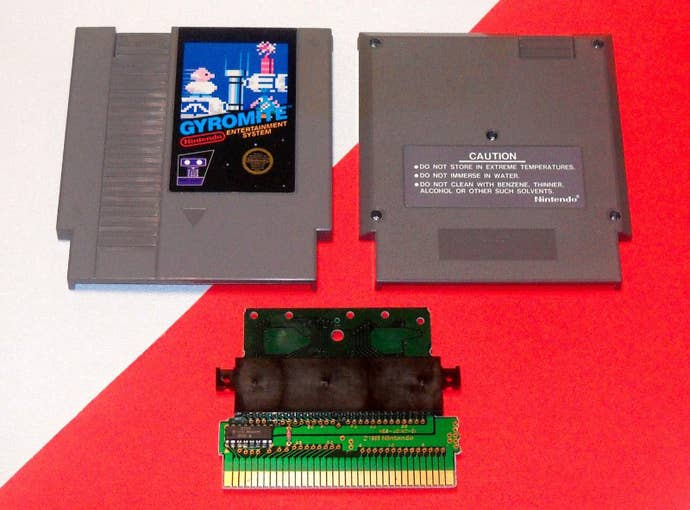
12. Many early NES were literally the same as the Japanese releases: They were Famicom carts with a built-in cartridge adapter.
NES cartridges are physically much larger than Famicom carts, and they also have a distinct pin arrangement to account for the security chip. But many of Nintendo's earliest games were simple creations that had no Japanese text and didn't require localization into English. However, having already implemented its very first region-locking scheme, Nintendo couldn't just publish Famicom carts as they were; the cart connectors wouldn't work on an NES. Rather than manufacture those localization-free games as NES carts, though, Nintendo took its existing Famicom game ROMs and stuck them into NES cartridge cases fitted with a small passthrough adaptor that would allow those Japanese games to work on the American system. The adapters didn't just work with the games they were built into, but all Japanese games as well, making these adapter-carrying carts quite valuable for importers.

13. Most NES games produced after 1986 exceeded the basic capabilities of the system and depended on add-on RAM and coprocessors built into the carts to work.
The NES would never have lasted as long as it did if it used modern game distribution. Digital content and optical media lack the ability to support the NES's secret weapon: Cartridges embedded with special coprocessor chips. Pretty much any game release from 1986 onward used special cartridge formats that exceeded the system's technical baseline, and further down the road some publishers even created high-end carts for their top-of-the-line games. Particularly notable was Konami's rare VRC7 chip, which included an FM synthesis chip that gave the game Lagrange Point advanced music capabilities on par with the Sega Genesis!

14. The Famicom Disk System had the most endearing copy protection system ever.
The Famicom Disk System peripheral played games from floppy disks housed in custom yellow plastic cases. Those cases were about more than mere iconography, though: The word Nintendo was embossed into every diskette. Certain grooves in the letters were deeper than others, creating a simple copy protection scheme: When inserted into the drive, small tabs emerged that slotted into the grooves of a legitimate disk. Disks without those grooves wouldn't seat properly and therefore wouldn't run. While easily circumvented, there's something charming about Nintendo using its own name as a sort of password.
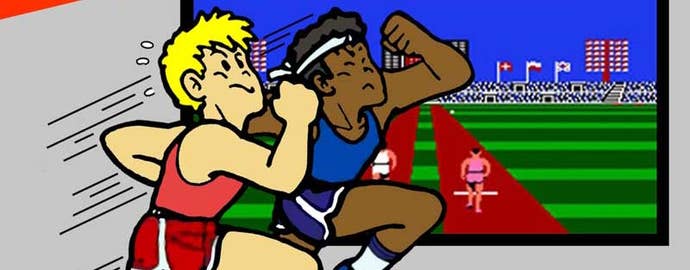
15. The rarest NES game is believed to be the boxed U.S. version of Stadium Events.
No one is sure how many copies of the game Stadium Events Bandai produced. The athletic action game was meant to be a killer app for the Power Pad exercise mat—an idea that Nintendo liked so much they decided to license the game themselves and release it as a first-party title. Nintendo also gave it a new title, World Class Track Meet, and any published copies of Stadium Events were pulled from the market. It's not known whether Bandai had actually distributed any copies of their original version of the game prior to Nintendo's acquisition of the rights, but only a handful of boxed, complete copies have ever been seen in the wild, and they can fetch anywhere from $35,000-45,000 at auction. That eclipses even the ultra-rare golden Nintendo World Championship carts given away by Nintendo Power, of which only 26 copies were manufactured.

16. Even when Nintendo lost NES lawsuits, it still "won."
The success of the NES (and the sometimes punishing means Nintendo used to reach the top) made the company a magnet for lawsuits. Some of these it won, while others didn't work out in Nintendo's favor. And yet, even these failed defenses had a way of working out for them; when the courts found Nintendo's business violated antitrust law, Nintendo was forced to make reparations to customers. Those reparations? Coupons for discounts on future NES game purchases. Nintendo may not have made as much money as usual on those millions of games, but they still made money. Not precisely the harshest punishment ever.
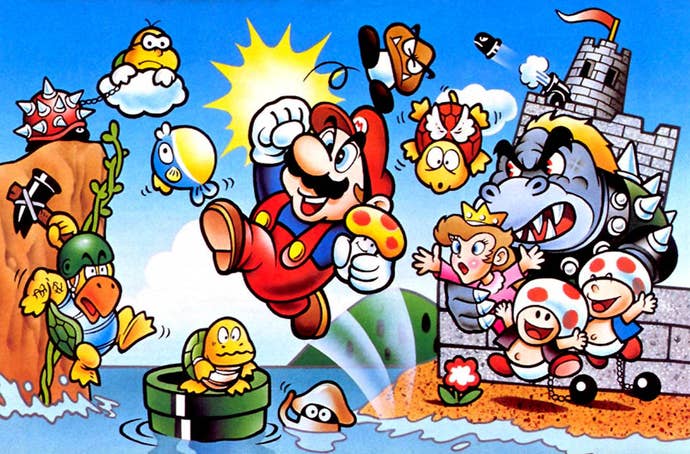
17. The best-selling NES game was Super Mario Bros. The best-selling NES that never shipped as a pack-in was Super Mario Bros. 3.
Nintendo fans really liked Mario, apparently. Super Mario Bros. sold roughly 40 million units in its lifetime... though it kind of cheated, since it was a pack-in game for much of the console's life. Super Mario Bros. 3 never came with a system, but it managed to sell 18 million copies worldwide. Don't feel bad for Super Mario Bros. 2, though... it still moved 10 million units. That's one for every six consoles ever sold. Not too shabby.
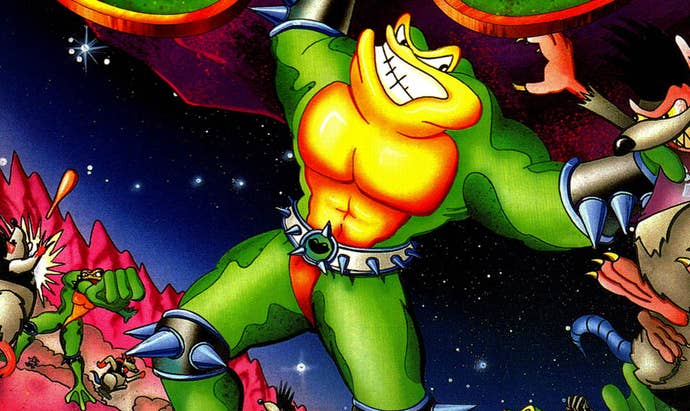
18. The Famicom peaked in popularity in Japan in 1986, but the NES's peak was much later.
According to Masayuki Uemura, the Famicom achieved its top sales in Japan sometime in 1986. It slowly trailed off after that, facing tough competition from advanced competitors like NEC (the PC Engine, aka TurboGrafx-16, debuted in Japan in 1987, and the Sega Mega Drive, aka Genesis, launched in 1988). Due to the delayed release of the system in the U.S., however, the NES didn't top out until 1990—the same time the system's successor was launching in Japan. It probably helped that everyone else's 16-bit consoles suffered from the same international launch delays as the NES: The TurboGrafx-16 and Genesis didn't debut here until late 1989.
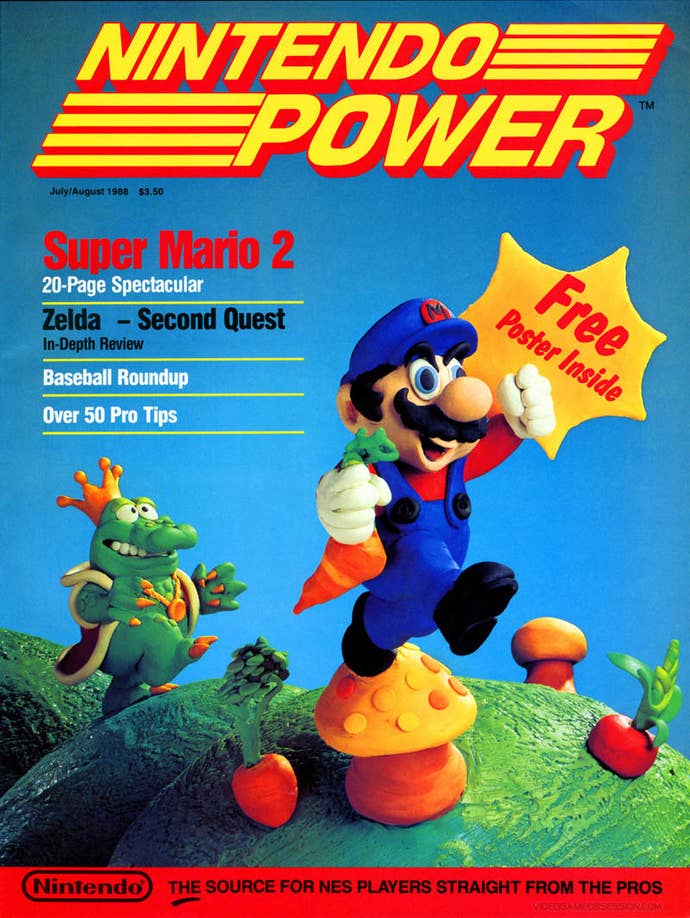
19. Nintendo Power was created as a means to compensate for America's size and lack of population density.
Japan is a small country, where everyone lives in close proximity to everyone else. The greater Tokyo metro area contains a third of the nation's entire population! By comparison, the U.S. is enormous, and its population is spread thin across two coasts and in plenty of major cities in between. Nintendo benefited from the rapid spread of word-of-mouth in Japan when it came to the Famicom, but it couldn't enjoy that same luxury with the NES. Uemura says the entire point of Nintendo Power magazine was to compensate for America's low population density, giving the company a tool for getting its information directly into players' hands.
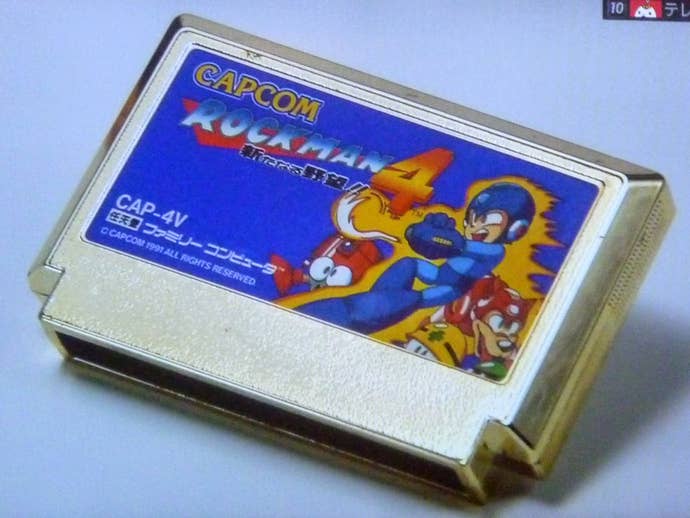
20. The rarest Famicom games are the special gold edition carts.
The Famicom received its share of super-rare games over the years, including special edition produced for mailaways (e.g. the Archimendes Ramen version of Gradius that replaces power-ups with bowls of soup) and contests (including a special edition of Super Mario Bros. that replaces characters with radio show personalities). For the true high rollers, though, nothing compares to the gold Rockman 4 (Mega Man 4) cartridges gave away to players who helped come up with that game's robot masters. There were eight robots in the game, and eight copies of the cart produced. The price on these carts is estimated to weigh in between $4000-7000, though few have ever been sold due to their rarity and sentimental value. Other special gold carts hold similar value, though the Rockman 4 iteration is definitely the best-known.



